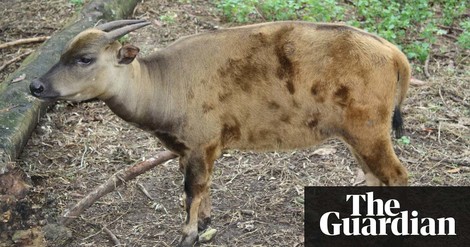Your podcast discovery platform
Curious minds select the most fascinating podcasts from around the world. Discover hand-piqd audio recommendations on your favorite topics.

piqer for: Global finds Globalization and politics Technology and society
Turkish journalist, blogger and media expert. Writes regular columns for The Arab Weekly and contributes to Süddeutsche Zeitung, El Pais and the Guardian. An European Press Prize Laureate for 'excellence in journalism' in 2014, Baydar was awarded the prestigious 'Journalistenpreis' in Germany by Südosteuropa Foundation in February 2018.
Why The Island Of Sulawesi Remains A Puzzle For Scientists
Placed in between the northern and southern hemispheres in the Pacific, this is an island that continues to puzzle scientists. Sulawesi, formerly known as Celebes, is part of a vast archipelago called Wallacea. The geography takes its name from Alfred Russel Wallace, the 19th-century explorer and naturalist who traversed it.
Sulawesi is particularly striking with its unusual fauna and flora, with species not found elsewhere on Earth. Of course much of the explanation is hidden in the fact that the entire mass was subjected to heavy tectonic shifts and intense vulcanic activity.
Shaped like a giant “K” with four arms pointing in different directions, the geological history of Sulawesi is complicated. The island is a composite of several fragments of land that, over time, were driven into each other as they sat atop continental plates headed for collision... However, others have argued that much of Sulawesi’s flora and fauna originated more recently, and not through vicariance, but through over-water dispersal of species from Asia and Australia in the last 15m years.
What puzzled Wallace was Sulawesi’s unusual fauna, and the stark difference with its closest neighbouring island, Borneo. In his book, Wallace argued that there was very little link between many of Sulawesi’s birds and mammals and those in other parts of the world, which led him to propose that the island represented “a rather ancient land”, with fauna stemming from “a remote antiquity”.
But now, after so many years, scientists are reaching some conclusions that may be helpful to solve the 'Wallace Enigma.' Here is what they found and what remains for others to explore.
Stay up to date – with a newsletter from your channel on Global finds.
